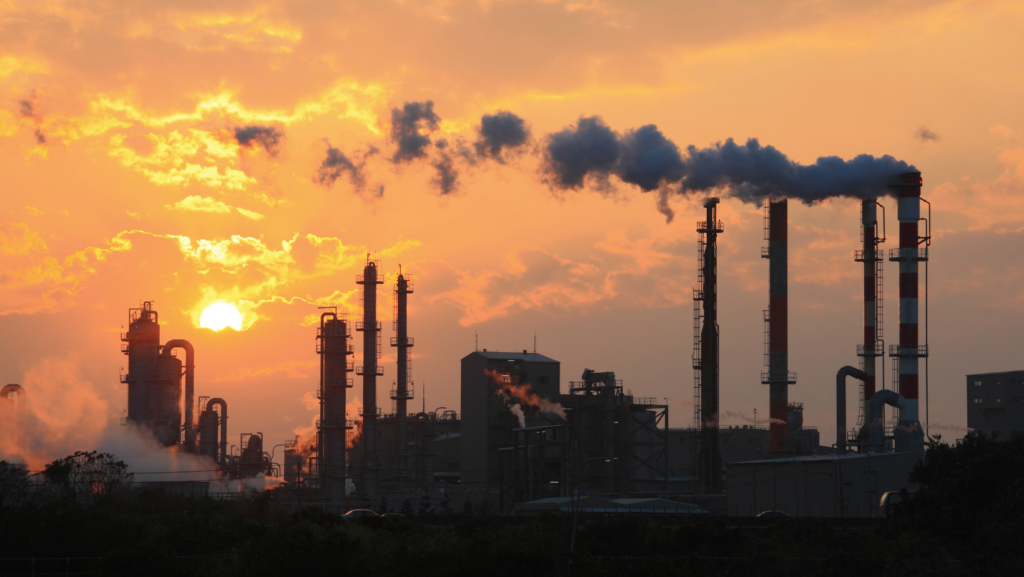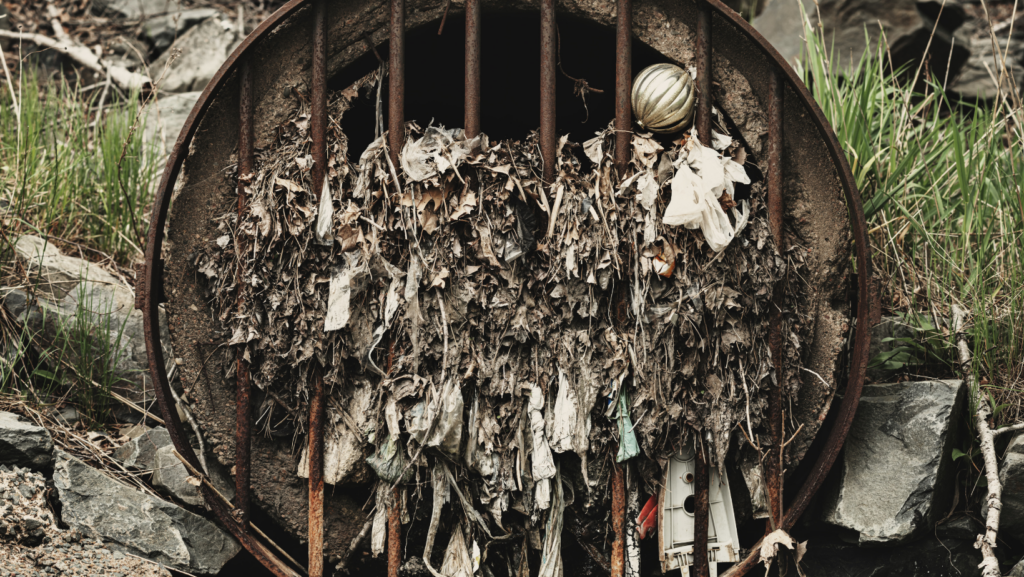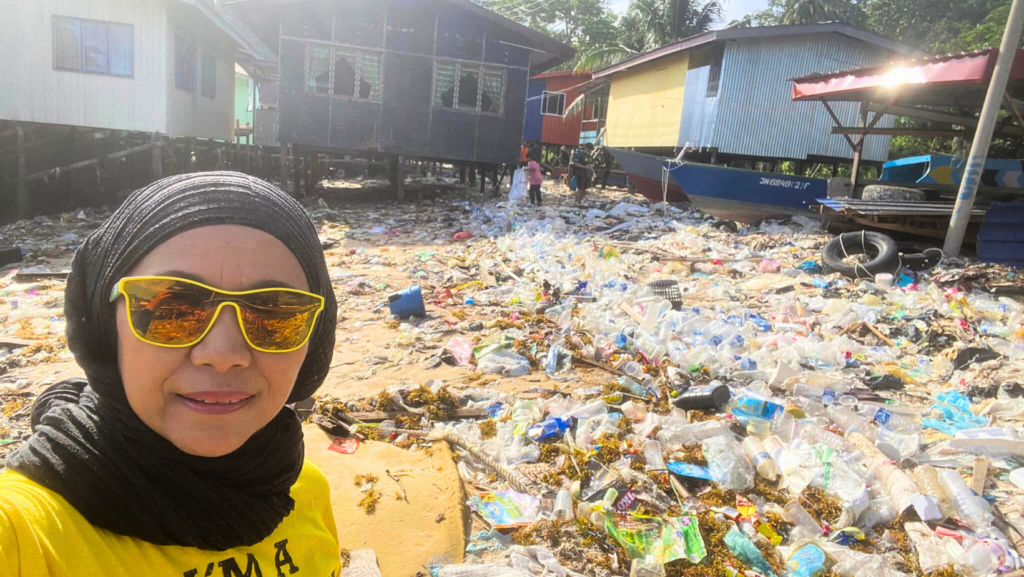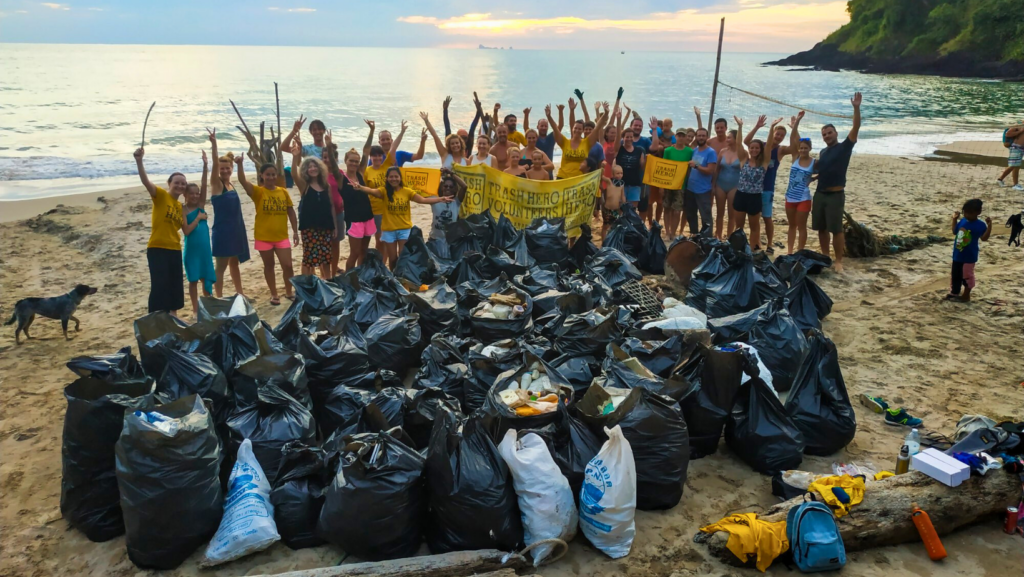From the deepest oceans to the highest peaks, plastic has infiltrated every corner of the planet. This isn’t just an environmental issue – it’s a human rights crisis. Let’s explore how and why.

Right to health
Plastic is a product of fossil fuels and chemicals. Toxins are released throughout its entire lifecycle, from the extraction of the raw materials, the microplastics shed during use, to disposal and beyond, through recycling and incineration. Fenceline communities, the populations who live nearby petrochemical and incineration facilities, are particularly affected. An 85-mile strip in Louisiana, USA is known as “cancer alley”, due to the elevated risk of contracting the disease – more than 80 times the national level. Residents are also more likely to develop respiratory problems, skin irritations and headaches. The same picture appears in many other locations in America and the Global South.
Almost every human likely has plastic in their body. We are eating it, and we are breathing it in. It has been found in our lungs, heart and blood. Over 16,000 chemicals have been identified in plastic, which give it qualities such as flexibility, colour, and heat resistance. Of these chemicals, only 6,000 have been evaluated, and over 4,000 of these are potentially hazardous, with links to cancer, congenital disabilities, fertility complications and other serious health issues.
The proliferation of plastic and microplastic directly contravenes our right to the “highest attainable standard of physical and mental health”.

Right to a clean, healthy, sustainable environment
The plastic pollution crisis is well documented, along with its impacts on natural ecosystems and biodiversity. Yet the UN General Assembly recently acknowledged the “right to a clean, healthy and sustainable environment” as a fundamental human right.
Since 99% of plastic is made from fossil fuels, it also accelerates the climate crisis from production to disposal. The plastics industry is responsible for up to 8% of global emissions, which is higher than the entire aviation industry (responsible for 2.5% of CO2 emissions). As well as contributing to climate change, it blocks natural systems that mitigate it. The high levels of microplastics in the ocean are preventing the absorption of CO2 from the atmosphere, reducing the efficacy of the planet’s biggest carbon sink. This is a concern not only for us but for generations to come.
On land, plastic waste clogs drainage systems, exacerbating the risk of flooding – a serious problem in the face of the extreme weather caused by the climate crisis. This is a physical danger that further undermines the right to a safe environment.
Right to a decent standard of living
Everyone has the right to a “standard of living adequate for health and well-being”. This right is notably jeopardised in communities dependent on tourism or fishing. Plastic pollution in the ocean is causing fish stock to dwindle and damaging delicate underwater ecosystems. This impacts people’s ability to earn a living and feed their families. Tourism, another important source of income for many coastal communities, is also in decline as pristine beaches and colourful coral reefs are covered with plastic debris. This drives away potential visitors and puts local economies at risk.

Right to information
The right to “participate in and access information relating to decision-making processing that affects [our] lives and well-being” is also being compromised by the plastics industry.
Manufacturers are currently not obliged to disclose the chemicals – intentionally or non-intentionally added – in their plastic products, which can make up over half of the final material. There is no publicly available database of such chemicals and no easy means for independent scientists to test them. This lack of transparency has implications for human health and also for recycling, which can further mix and concentrate the additives into a “toxic cocktail” in the new products.
A recent report from the Centre for Climate Integrity (CICC) also revealed a history of the plastics industry misleading the public. The report shows that, despite being advised that recycling was not a viable solution from as early as the 1980s, the industry created advertising campaigns that promoted it as the best way to deal with plastic waste. Even now, “solutions” like waste-to-energy and waste-to-fuel continue to be promoted, despite documented evidence of its harmful effects on human health, the climate and the environment.
Whose rights are impacted the most?
Plastic disproportionately impacts the most vulnerable. Frontline communities exposed to the pollution from refineries, petrochemicals plants and waste treatment facilities are often low-income, marginalised populations.
Women are more susceptible to plastic’s health risks due to biology and traditional gender roles. They have a higher risk of exposure to endocrine disruptors in cosmetics, menstrual and cleaning products that threaten their reproductive health. They are also more likely to work in informal sectors such as waste picking, which increases the likelihood of developing breast cancer, among other health issues. Meanwhile their children are at greater risk of developmental issues and compromised lungs from polluted air.
Many of these communities lack a voice in decision-making. Their right to information about plastic’s dangers and involvement in shaping plastic policies has often been denied.

What can we do about it?
- Support a strong Global Plastics Treaty
- Advocate for a solid and comprehensive Global Plastics Treaty that addresses the entire lifecycle of plastics and explicitly incorporates human rights principles in its framework.
- Stay informed and share your knowledge with others
- Were you aware of the link between plastic pollution and human rights? Whether it was a surprise or not, please share this blog so more people understand the complexity of the issues.
By acknowledging the human rights dimensions of plastic pollution and taking collective action, we can protect our right to a healthy planet for us and for future generations. Remember, it’s not just about saving the environment, it’s about protecting our right to exist and thrive.


Join the conversation